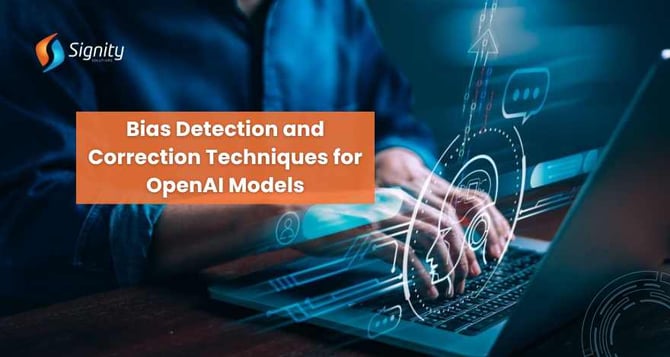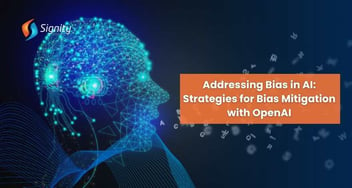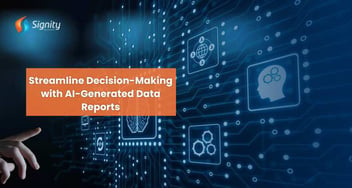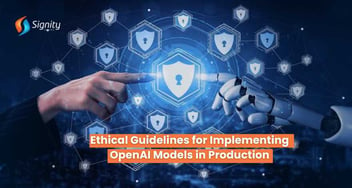Bias Detection and Correction Techniques for OpenAI Models
Discover how to combat bias in AI effectively with OpenAI's cutting-edge strategies. From diverse training data to real-time monitoring, empower your AI systems for fairness and equity.

Introduction
Bias in artificial intelligence models poses a significant ethical concern, with the potential to reinforce and exacerbate societal biases. OpenAI, a pioneering organization in AI research and development, prioritizes the mitigation of bias within its models. In this article, we delve into the intricacies of bias detection and correction techniques tailored specifically for OpenAI models. Additionally, we provide insights into how our Generative AI Development Company and ChatGPT Developers can assist in implementing these solutions effectively.
Understanding Bias in AI Models
Bias in AI models manifests across various dimensions, including race, gender, and socioeconomic status, often originating from biases inherent in the training data. Recognizing and rectifying bias is pivotal in ensuring fairness and equity in AI systems.
Also Read: Addressing Bias in AI: Strategies for Bias Mitigation with OpenAI
Bias Detection Techniques
1. Pre-trained Embedding Debiasing -
Analyzing embeddings learned by AI models is a fundamental approach to detecting bias. OpenAI's debias library offers tools to identify biased embeddings, facilitating a deeper understanding of model biases.
|
print("Biased words:", biased_words) |
2. Text Classification for Bias Detection -
Employing text classification techniques enables the identification of biased content within datasets, thereby aiding in bias detection efforts.
|
|
Bias Correction Techniques
1. Re-weighting Training Data:
Re-weighting the training data is a common strategy to mitigate bias, involving techniques such as over-sampling or under-sampling to address class imbalances.
|
|
2. Adversarial Debiasing:
Adversarial debiasing introduces an adversarial network to the model, aiming to minimize bias in predictions.
|
|
How Our Company Can Help
Our Generative AI Development Company specializes in crafting AI solutions that prioritize fairness and inclusivity. Leveraging cutting-edge techniques and expertise, we assist clients in identifying and rectifying bias within their AI models.
Additionally, our ChatGPT Developers and AI Consulting Services offer personalized support in implementing bias detection and correction methodologies, ensuring that your AI applications uphold principles of fairness and equality.
Expert Guidance for Bias Mitigation
Tap into our AI Consulting Services to navigate the complexities of AI bias and benefit from our expertise in developing fair and transparent AI solutions.
Conclusion
Addressing bias in OpenAI models is paramount to fostering a more just and equitable AI ecosystem. By embracing bias detection and correction techniques, organizations can take significant strides toward mitigating bias and promoting inclusivity in AI systems. Our company remains dedicated to advancing these techniques, empowering clients to build AI models that align with principles of fairness and equality.













